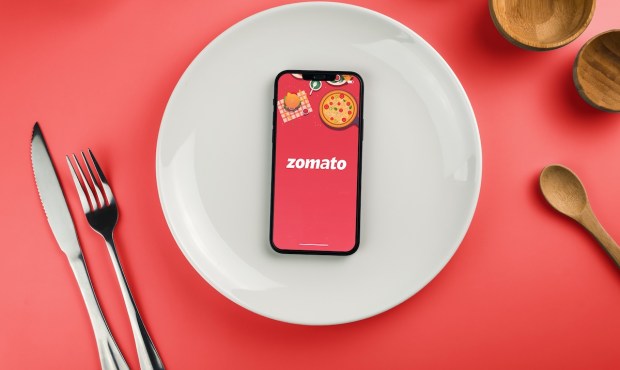
Around the world, restaurant aggregators are increasingly using generative artificial intelligence to better target consumers’ desires and demands.
Take, for instance, India-based restaurant aggregator Zomato, which has about 18 million customers a month on average. The company announced Wednesday (Dec. 27) that it is integrating its new PicNic AI, short for Picture Nicely AI, into the platform, using machine learning models to enhance photographs of menu items to make them look more appealing.
“Thanks to the artistry of PicNic AI, over [100,000] images uploaded by our restaurant partners every month have benefited from this,” Jahnvi Goyal, owner of catalog and content operations at Zomato, stated in a statement. “This technology makes professional-quality food pictures accessible for our restaurant partners even in the remotest areas of the country at no additional cost and through more visually appealing images.”
The move is one of the ways that generative AI has grown its role in the restaurant aggregator industry in the back half of 2023. For instance, DoorDash, the United States’ leading aggregator, announced in August that it is developing voice ordering capabilities powered by AI, part of its suite of white-label solutions, to enable restaurants to field phone orders more efficiently.
“Customers expect more from restaurateurs, and in return, restaurateurs expect even more technology-forward solutions from us — including support for phone channels to meet customers where they’re ordering,” DoorDash Head of Product and Design Rajat Shroff said in a statement at the time.
At this point, most consumers have engaged with AI-powered voice technology. The September edition of PYMNTS Intelligence’s “Consumer Inflation Sentiment Report,” “Consumers Know What AI Is — Not How It’s Integrated Into Their Daily Lives,” which drew from a survey of more than 2,300 U.S. consumers, found that 68% had used an AI voice assistant.
Additionally, aggregators are also using generative AI chatbots to offer more intelligent food recommendations to their customers to boost conversion. Reports over the summer showed both Uber Delivery and DoorDash testing such technology to offer more personalized product discovery capabilities and enhance the ordering process.
These moves followed grocery aggregator Instacart’s announcement in May that it was using both its own AI and data as well as OpenAI’s ChatGPT technology to launch Ask Instacart, an intelligent search feature offering recommendations and answering questions.
Consumers are adopting these options. The same Consumer Inflation Sentiment survey revealed that 58% of participants had received AI-powered recommendations from a food delivery service.
“What is fundamentally changing, is that AI is redefining itself this year with generative AI,” Billtrust Senior Vice President of Data Analytics and AI Ahsan Shah told PYMNTS in an interview posted Dec. 4.
Across industries, businesses are turning to the technology to lead the way forward. According to data cited in the latest installment of PYMNTS’ “Generative AI Tracker®,” “What Generative AI Has in Store for the Retail Industry,” created in collaboration with AI-ID, 78% of business leaders rank generative AI as the most impactful emerging technology over the next three to five years.
For all PYMNTS AI coverage, subscribe to the daily AI Newsletter.